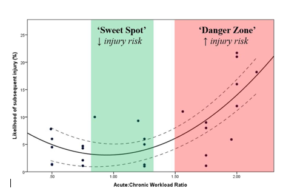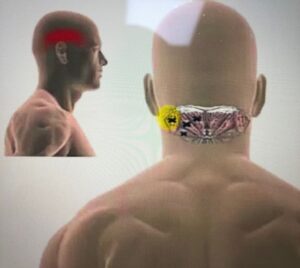 ‘The sun is shining and the weather is sweet’ (Bob Marley). The summer has finally arrived and it’s time to put away the jumpers and coats and leave our homes with a t-shirt and some shorts (or anything comfortable but not warm) to complement the weather. I’m not sure how long this ‘sweet’ weather will last but let us make the most of each day and appreciate it when it comes.
‘The sun is shining and the weather is sweet’ (Bob Marley). The summer has finally arrived and it’s time to put away the jumpers and coats and leave our homes with a t-shirt and some shorts (or anything comfortable but not warm) to complement the weather. I’m not sure how long this ‘sweet’ weather will last but let us make the most of each day and appreciate it when it comes.
Now as the summer is here people like to increase their training activities to keep fit and stay healthy. Some have been training all winter no matter the weather because they just love to do it for the passion and have goals they would like to achieve and good on them. There are some who only begin to train when summer is close and enjoy running and training in the hot weather, I’m not going to criticise them, good on them too. The important thing is, is that how you train and condition yourself to reduce the risk of injury. It is so easy to ramp up training volume in the summer months, the weather is inviting, we feel good, we enjoy going the extra mile, we have goals (Maybe enter a marathon)or just lose some extra pounds whatever it may be it has to be managed well. Looking at both examples above, both categories can be at risk of injury and I will explain how. Before I explain, we have to take into consideration the large individual variation in load (training volume) tolerance between people. Some people are ‘fragile’ and some more ‘robust’ but the principles still apply to both.
Recent evidence into load management and injury prevention/reduction carried out by Tim Gabbett (Sports scientist and researcher in sunny Australia) about the training injury-prevention paradox (2016) were talks about the acute: chronic workload ratio and how to apply it practically to track training load. This ratio reflects athletes training status, taking into account their training completed over the previous week (acute load) and their training completed over the previous 4 weeks (chronic load). Someone with a high chronic and low acute load will be fit, well rested and ready to perform. On the flipside, someone with low chronic and high acute load will be fatigued and have an increased risk of injury.
 Gabbett found in his study of elite sports people that when training loads were increased by 10%, injury risk was below 10%. However, when training load was increased by 15% or more, the injury risk increased by 21% and 49% (WOW!!!). There is evidence to suggest that novice runners (myself included) can tolerate training volume between 20% to 25% in the first 10 weeks of a running program but on current evidence limiting to 10% in week to week volume is more safer. Gabbett showed that ratios exceeding 1.5 means you are in the ‘danger zone’ (increased injury risk), ratios between 0.8 and 1.3 represented the ‘sweet spot’ (injury risk minimised).
Gabbett found in his study of elite sports people that when training loads were increased by 10%, injury risk was below 10%. However, when training load was increased by 15% or more, the injury risk increased by 21% and 49% (WOW!!!). There is evidence to suggest that novice runners (myself included) can tolerate training volume between 20% to 25% in the first 10 weeks of a running program but on current evidence limiting to 10% in week to week volume is more safer. Gabbett showed that ratios exceeding 1.5 means you are in the ‘danger zone’ (increased injury risk), ratios between 0.8 and 1.3 represented the ‘sweet spot’ (injury risk minimised).
The relationship between the acute: chronic ratio and injury.
So how could you use this ratio and put it into practice? I will show you. So, for example, let us say we have 8 weeks of data of your running distances. Note 4 weeks of data are necessary to calculate the acute:chronic load ratio from week 4 down to week 8 (i.e. for week 5 it is the average of week 2,3,4 and 5).
| Week | Acute load | Chronic load (average of 4 weeks) | Acute:chronic ratio |
| 1 | 2 Miles | ||
| 2 | 2 Miles | ||
| 3 | 2 Miles | ||
| 4 | 4 Miles | 2.5 | 1.6 |
| 5 | 2 Miles | 2.5 | 0.8 |
| 6 | 3 Miles | 2.75 | 1.09 |
| 7 | 2 Miles | 2.75 | 0.73 |
| 8 | 1 Mile | 2 | 0.5 |
Numbers in red = Danger zone
Although thresholds may vary in individuals the underlying concept is likely to stay the same. In order for you to reduce your chances of an injury, you should be building up training loads gradually closely monitoring the acute:chronic load ratio.
Train but train smart!!! I apologise to those who hate numbers.






